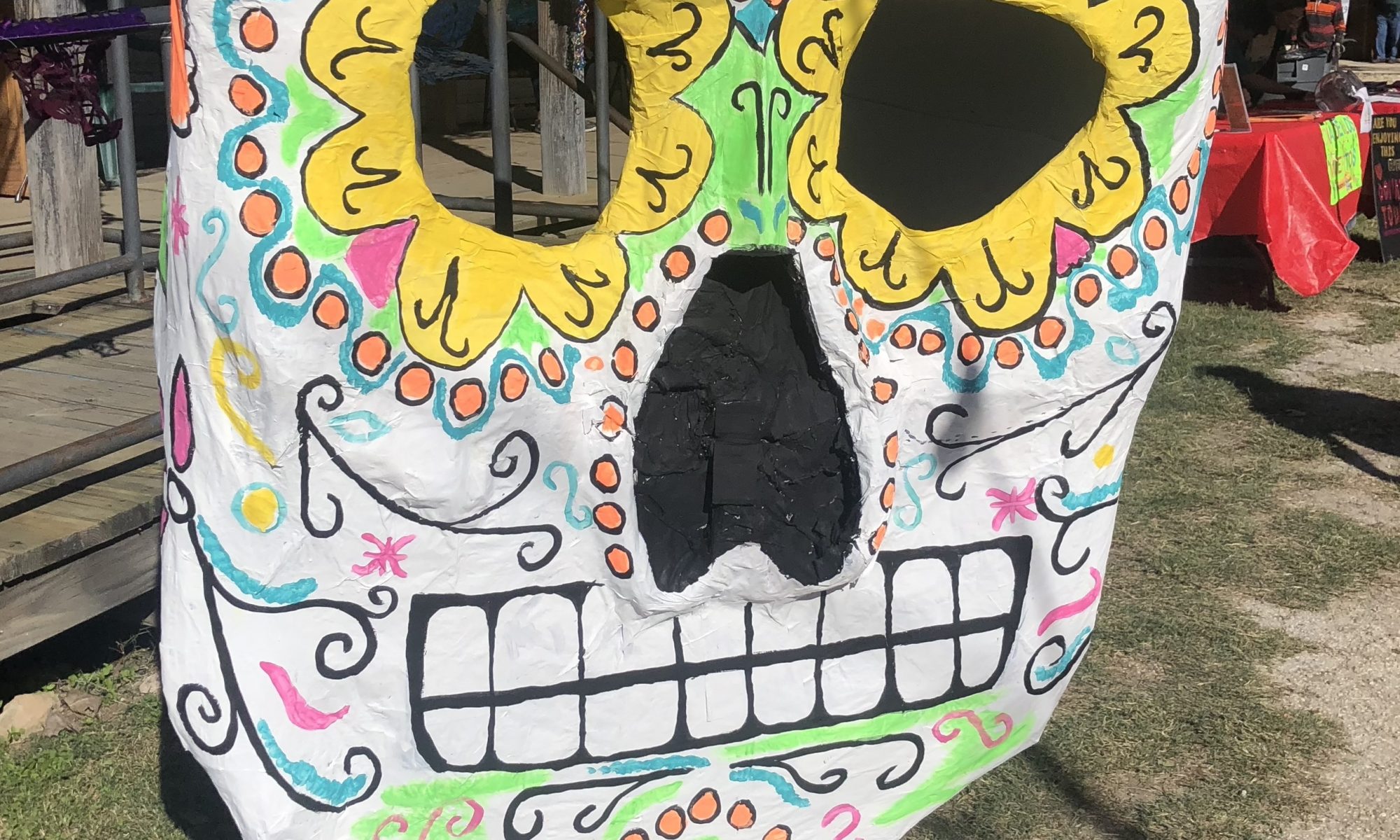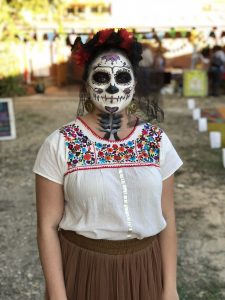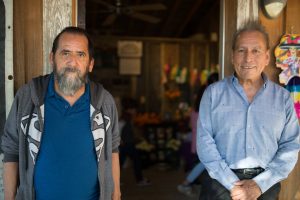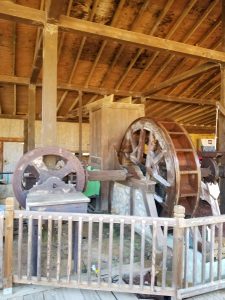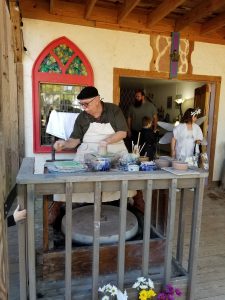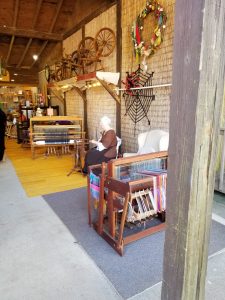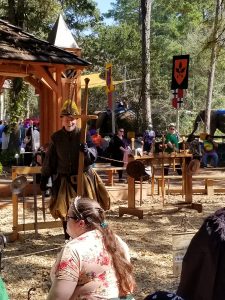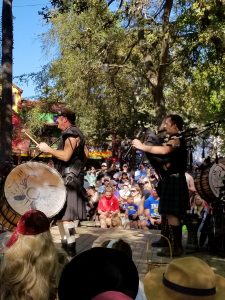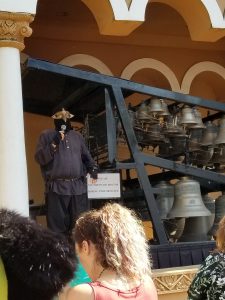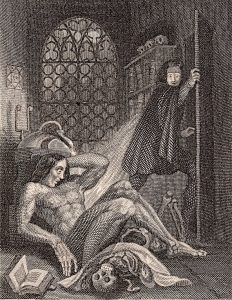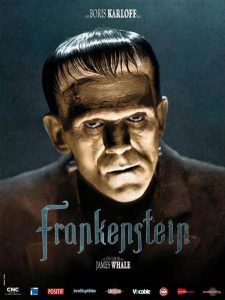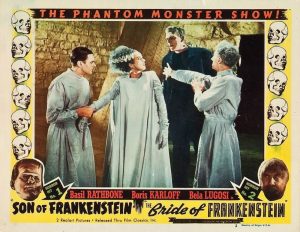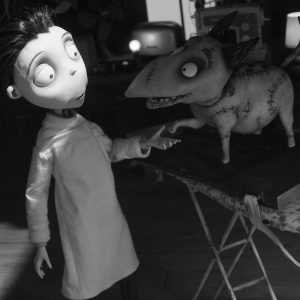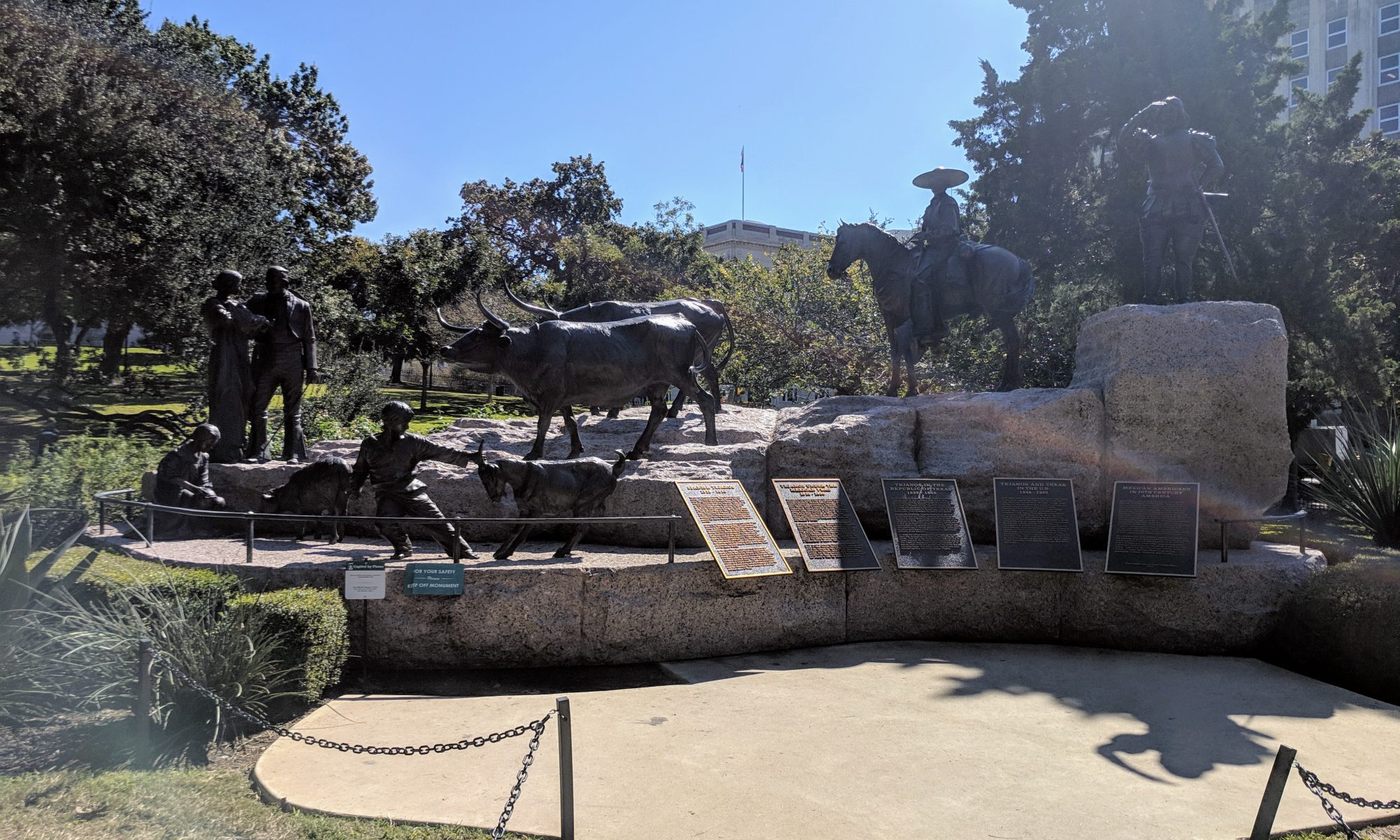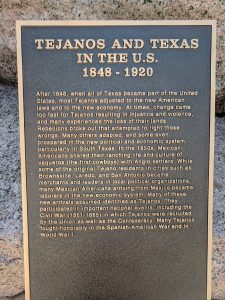To tie back to my blog, “Westside Stories”, I’m writing this blog in lieu of social memory, family, and local history. I had discussed the importance of remembering family history because it helps make up who we are, helps us understand our antepasados and what they did to get us where we are today.
Ah, Antepasados. Just the word sends chills through my bones and a warmth in mí corazón. I remember the first time I got that feeling. I was extremely nervous to present my capstone presentation and my professor explained, when you get up to speak you have the love and the strength of all the mujeres in your family inside of you. She said if I relax I could feel all of my antepasados standing behind me, with me. It is something I still practice and encourage all to try as well.
But I digress
Recently the holiday, Día de Muertos passed on November 1 and 2. I had the privilege of celebrating with the Esperanza Center of Peace and Justice at their Rinconcito de Esperanza location. This was just beautiful I met so many amazing people when I was helping decorate and then attending the event. It was exciting and happy for all those attending. It is hard to explain the connection that death gives to all of us. There were many ofrendas thoughtfully decorated with photos of the deceased and their favorite foods, music, and knick-knacks that served as reminders to the living. I spoke with one woman about her ofrenda. She explained she had been celebrating for years and her children never participated and then not wanting to celebrate this year because of a close relative recently passing. She then explained it was her children who encouraged her to set up the ofrenda. They had found a new interest, with the help of the Disney movie, “Coco” and had began to take an interest in participating in the holiday. I explained in empathy of a mutual feeling and experience then shared I was grateful she did and complimented her photos. We then got into an in-depth conversation about how everything she placed was intentional because of its history. She explained that all of the alters, ofrendas and memories are the histories of where we live. I honestly, wish I could have recorded her voice because my snapshot of the evening does NOT do her any justice.
I was also fortunate enough to meet two of the brothers that grew up in the old house on the property of Rinconcito. One of the brothers set up an altar inside his old home, recollecting all the different events that occurred and stories of his family. He was wanting to share all these emotions with almost any that he came into contact with. However, the brother seemed less keen on the idea of sharing this space and history. Both explained to me that their home IS history but one wanted to share the space with the public and the other did not. One thought it was exploitation and the other saw it as an opportunity to teach and share his history. I thought this agreement was interesting and it made wonder about certain things we have learned about space, place, and representation. A home is a very intimate space that takes on many identities that cannot always be shared with another.
I could not get the thought out of my mind about the brothers not seeing eye to eye but agreeing it is a piece of history. I could not get the idea out of my mind when a woman and I had connected about different objects on the alter then giving me a hug before we departed. The repetition of the ideas of remembering family and this being history was very somber. It reminded me of why I am doing what I am doing. Why I chose the path I have chosen. 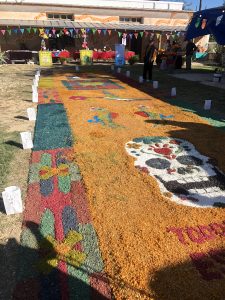
Día de Muertos is a day of remembrance and history. Retelling the stories we heard during tamaladas from las chismosas or from our abuelitos cuando we were niños. Just as in the holiday everything has two deaths: Once, when it physcially dies and the second when it was forgotten. Just as the ofrendas, public history helps prevent the final deaths occurring so that local histories are not forgotten, so that the ivory towers of museums that have exploited different indigenous groups can be corrected, so that we remember where we come from in all our pains in privilages.

